Remember when we all had Aqua Net in our bathroom cabinets and MTV actually played music videos? The 1980s blessed us with some unforgettable actors who became household names for playing certain types of characters over and over. But Hollywood loves a good reinvention story, and these stars eventually broke free from their typecasting with performances that left us all wondering, “Where has THAT been hiding all these years?” Let’s take a stroll down memory lane and celebrate these wonderful transformations that gave some of our favorite stars a second act.
1. Michael Keaton
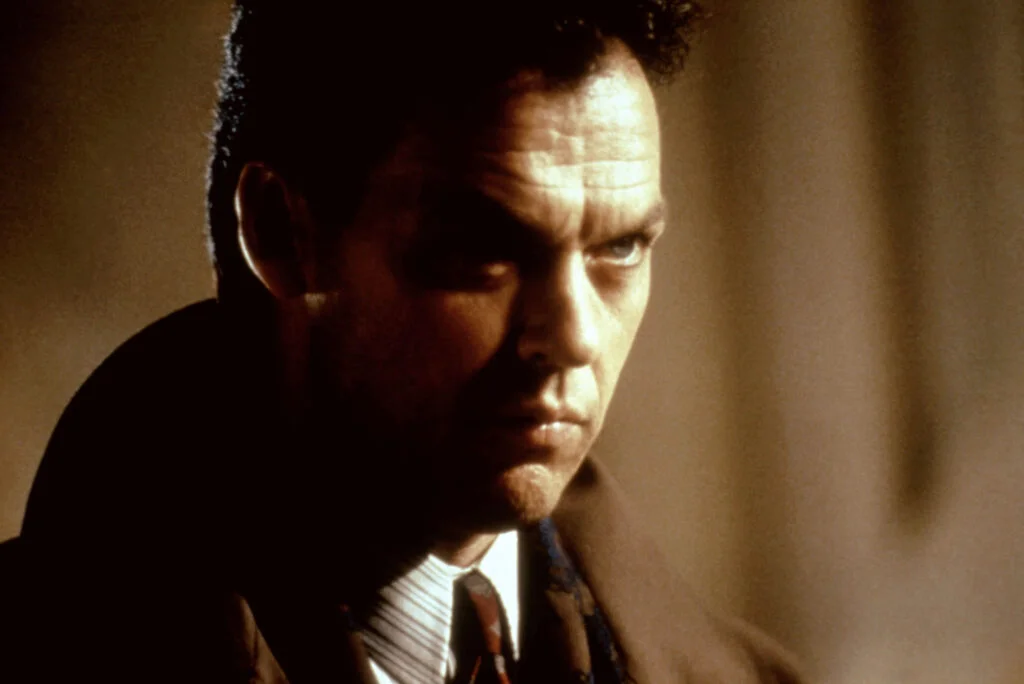
Throughout the early 1980s, Michael Keaton was the go-to guy for manic comedies like “Night Shift” and “Mr. Mom,” becoming synonymous with fast-talking, high-energy characters that made us chuckle. Directors seemed convinced he couldn’t play anything else, and Keaton appeared destined to remain in the comedy box forever. His frenetic performance in “Beetlejuice” (1988) only cemented his reputation as a purely comedic actor. I Prefer Reading still sees ways to honor Keaton’s game-changing work.
Then came Tim Burton’s controversial decision to cast him as the Dark Knight in “Batman” (1989), sending comic book fans into an absolute tizzy—”The guy from ‘Mr. Mom’ is going to play Batman? You’ve got to be kidding!” But Keaton’s brooding, complex take on Bruce Wayne silenced the critics and reinvented his career overnight. His performance brought a psychological depth to the superhero genre that paved the way for more serious comic book adaptations, and suddenly Keaton had range that nobody had given him credit for before.
2. Sally Field
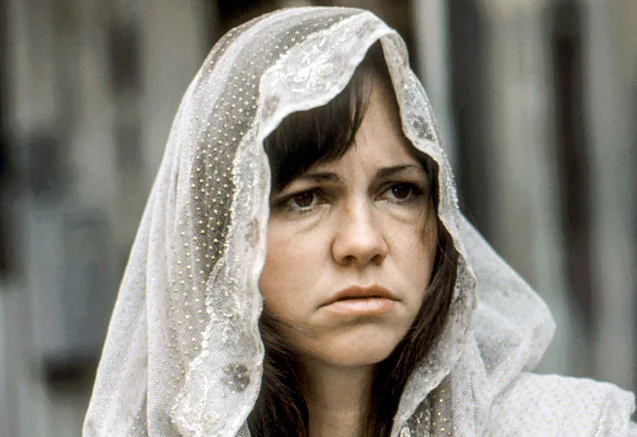
In the early 1980s, Sally Field was still fighting to escape her “Gidget” and “Flying Nun” persona, despite having won an Oscar for “Norma Rae” in 1979. Hollywood continued casting her as the sweet, likable all-American gal next door in films like “Smokey and the Bandit” and “Back Roads.” Even her Oscar-winning performance hadn’t fully convinced industry insiders that she could handle complex, difficult characters with real edge to them. People offers a pictorial timeline of Field’s remarkable life and career, showing its transformation over time.
Everything changed when she transformed herself into the troubled, farmland matriarch Edna Spalding in 1984’s “Places in the Heart,” delivering a performance of such grit and determination that it earned her a second Academy Award. Her famous “You like me, you really like me!” acceptance speech may have been endlessly parodied, but it reflected a genuine moment of vindication for an actress who had spent decades fighting to be taken seriously. Field’s career afterward included increasingly complex roles that showcased her remarkable emotional range, firmly establishing her as one of America’s most versatile actresses.
3. Robert Downey Jr.
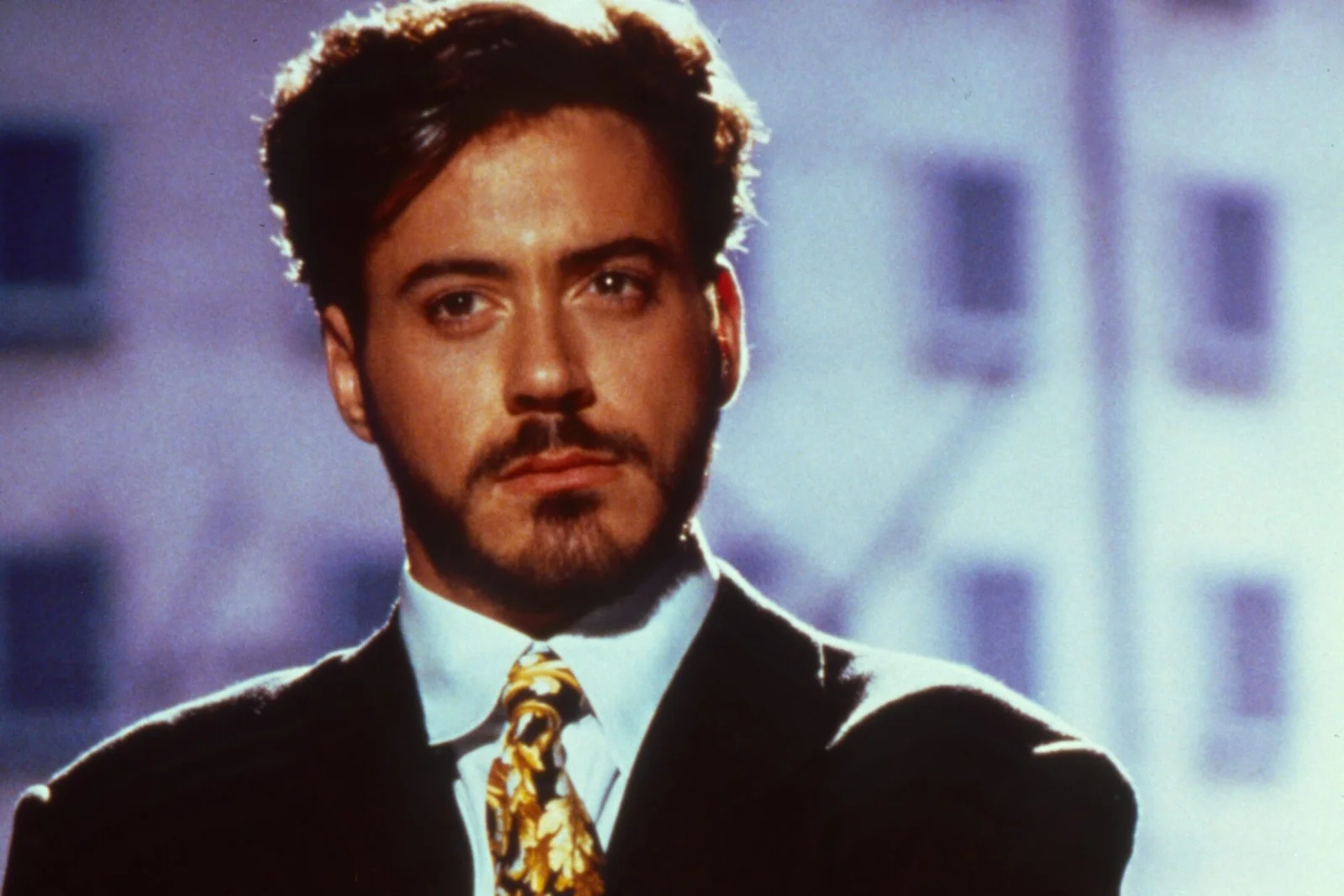
In the 1980s, Robert Downey Jr. was the quintessential Brat Pack adjacent actor, playing rebellious teens and smart-alecks in films like “Weird Science” and “Less Than Zero.” His boyish charm and natural comedic timing made him perfect for these roles, but they also limited how directors and producers viewed his capabilities. Even his brilliant turn as Charlie Chaplin in 1992 couldn’t fully break him out of his typecasting, especially as personal troubles overshadowed his career in the late ’90s. For those curious about the Rat Pack era, Variety offers a breakdown on its most famous members.
The role that truly resurrected Downey’s career and shattered his previous image was Tony Stark in 2008’s “Iron Man,” a character that perfectly balanced his natural wit with newfound gravitas and emotional depth. This performance not only reinvented Downey as a bankable leading man but also launched the entire Marvel Cinematic Universe, one of the most successful film franchises in history. Looking back, it’s almost impossible to imagine anyone else in the role, yet at the time, casting the troubled former Brat Packer was considered a massive risk.
4. Bruce Willis
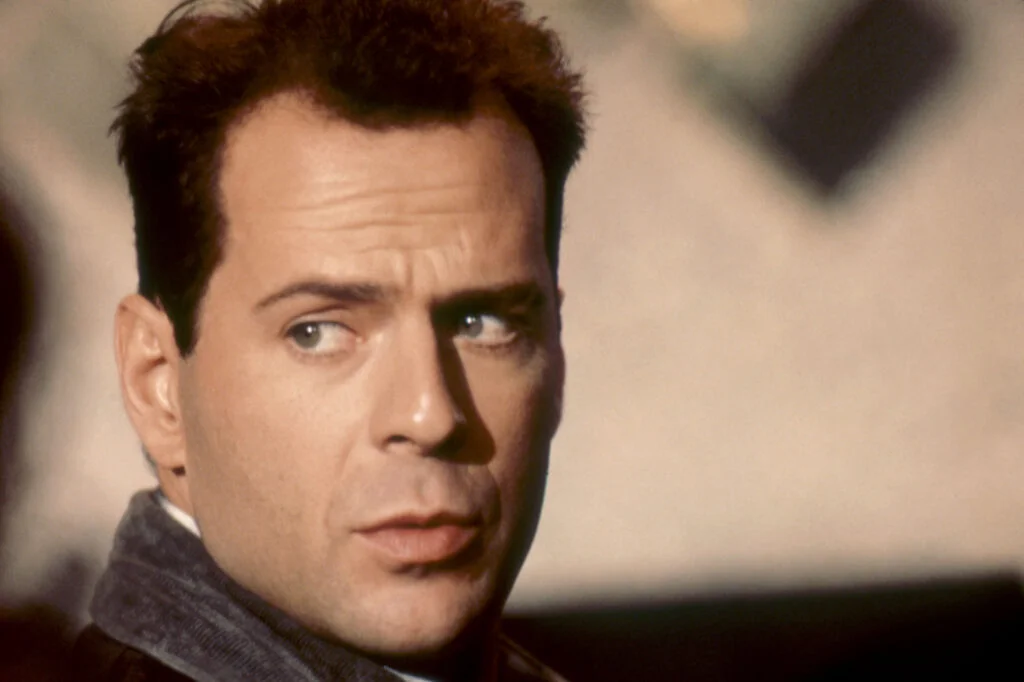
Bruce Willis spent the early part of his career making us laugh as the cocky, wisecracking detective David Addison on TV’s “Moonlighting” opposite Cybill Shepherd. When Willis transitioned to film, he initially stuck with comedies like “Blind Date” and “Sunset,” roles that didn’t stray far from his established television persona. Many critics and Hollywood insiders dismissed him as just another TV actor trying unsuccessfully to break into movies, limiting his opportunities for more substantial roles.
Then came “Die Hard” (1988), where Willis transformed into the vulnerable yet tough-as-nails John McClane, creating an action hero unlike any we’d seen before—an everyday guy thrust into extraordinary circumstances. His physical commitment to the role—those bloody feet!—combined with emotional authenticity revolutionized the action genre and turned Willis into an overnight movie star. The film’s massive success opened doors to varied roles in everything from psychological thrillers to science fiction, proving Willis had far more range than anyone had given him credit for.
5. Molly Ringwald
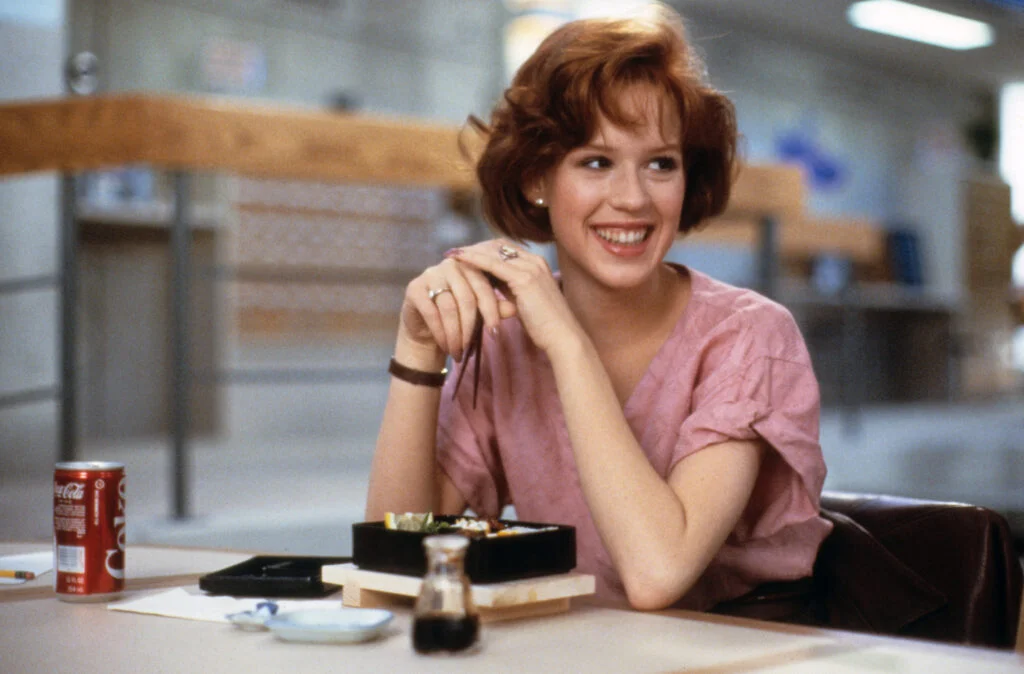
As John Hughes’ muse, Molly Ringwald became the teen queen of the 1980s, capturing adolescent angst in “Sixteen Candles,” “The Breakfast Club,” and “Pretty in Pink.” Her distinctive look and vulnerability made her the poster child for misunderstood teenagers everywhere, but this iconic status became a career trap. As she entered her twenties, Ringwald struggled to find roles that allowed her to grow beyond the teenage archetypes that made her famous.
Her breakthrough adult role came in the 1994 miniseries adaptation of Stephen King’s “The Stand,” where she played the complex, morally ambiguous Frannie Goldsmith. This post-apocalyptic drama allowed Ringwald to showcase a maturity and depth that surprised viewers who knew her only as Hollywood’s eternal teenager. Though her career has had ups and downs since, this performance proved she could transcend the roles that had defined her youth and evolve as an actress capable of tackling adult themes and characters.
6. Tom Hanks
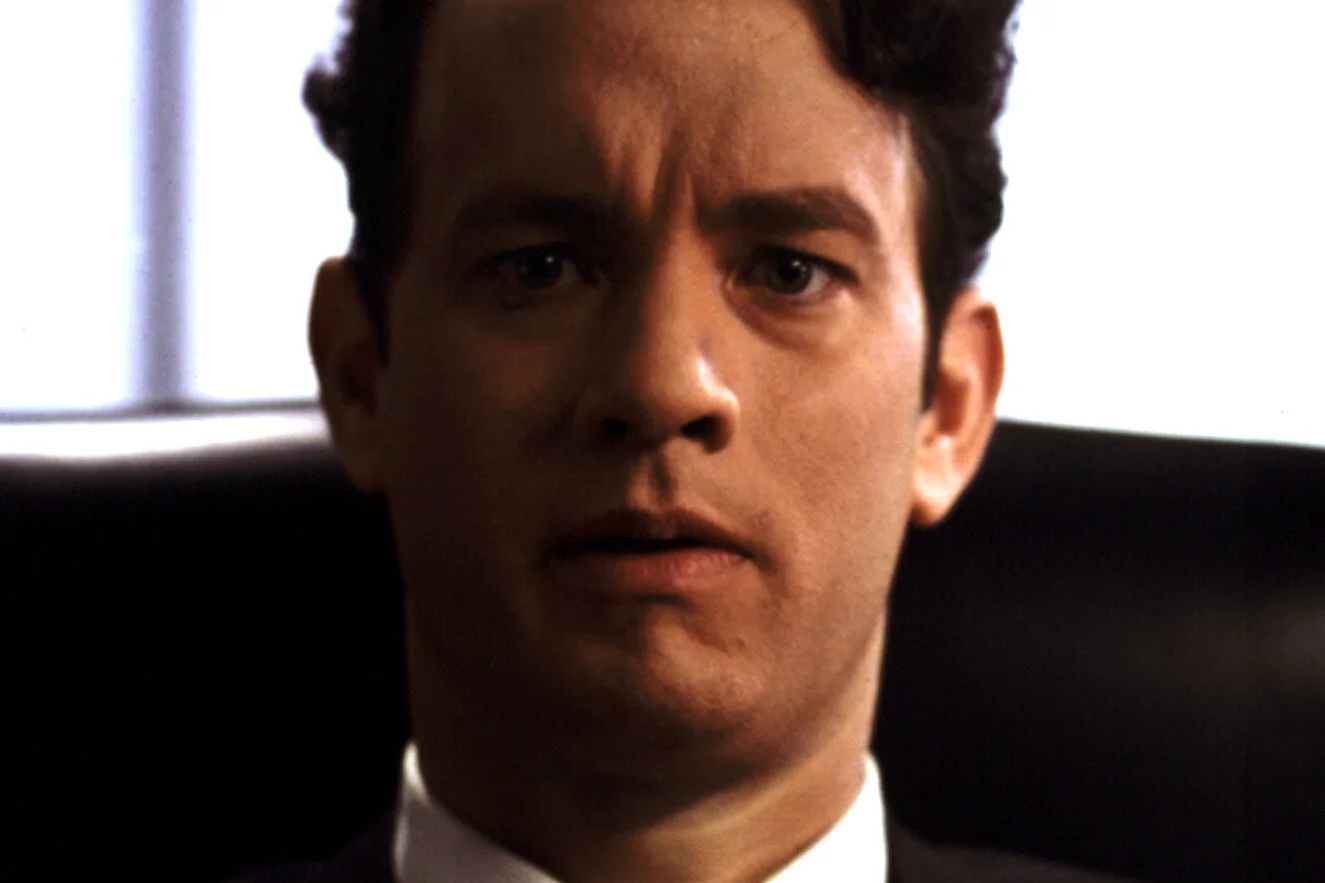
Early in his career, Tom Hanks was pigeonholed as a comedian, starring in lightweight fare like “Bachelor Party,” “Splash,” and the TV show “Bosom Buddies.” His boyish charm and gift for physical comedy made him a natural for these roles, but they didn’t demand much emotional range. Even his first Oscar nomination came for a comedic role in “Big” (1988), reinforcing the industry’s view of him as primarily a funny man.
The game-changer came with 1993’s “Philadelphia,” where Hanks portrayed Andrew Beckett, a lawyer dying of AIDS who sues his firm for wrongful termination. Hanks’ devastating performance—for which he lost 35 pounds and delved deep into understanding the physical and emotional toll of the disease—won him his first Academy Award and proved he could handle serious dramatic material. This transformative role opened the floodgates to a career full of complex characters, from “Forrest Gump” to “Saving Private Ryan,” establishing Hanks as one of Hollywood’s most versatile and respected actors.
7. Glenn Close
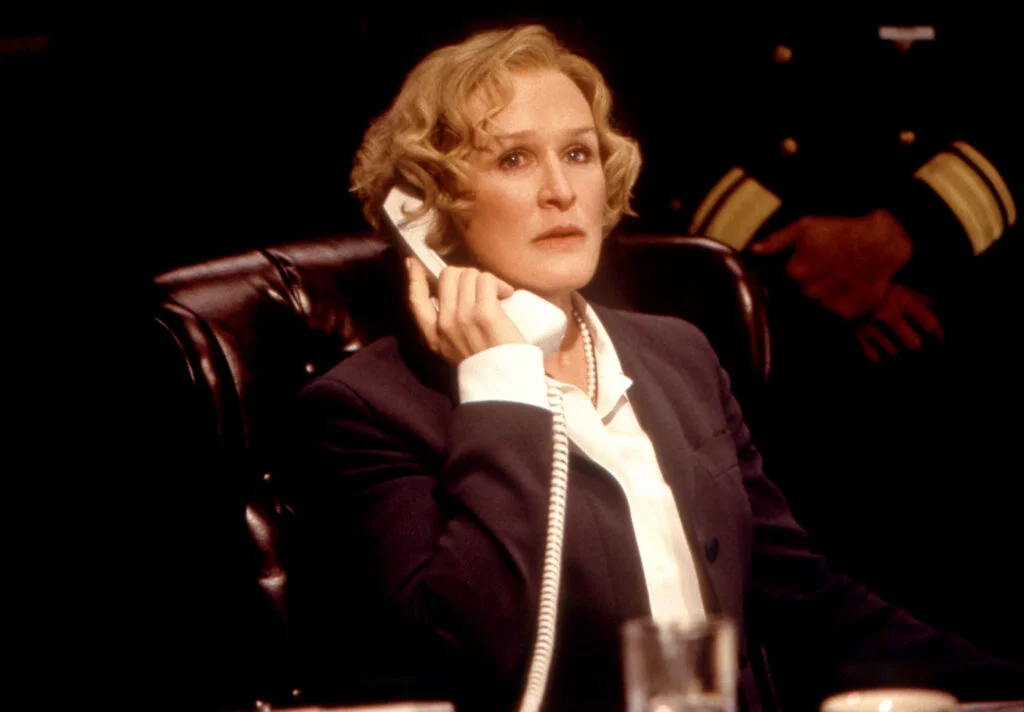
Despite her impressive theatrical background, Glenn Close began her film career in the 1980s often cast as the supportive, nurturing woman in films like “The Big Chill” and “The Natural.” Her warm screen presence and natural dignity made her perfect for these roles, but they hardly showcased her full dramatic capabilities. Even her Oscar-nominated performance in “Fatal Attraction” (1987), while memorable, saw her playing what was essentially a one-dimensional villain.
The turning point came with her nuanced portrayal of the title character in “Albert Nobbs” (2011), a woman living as a man in 19th-century Ireland to find economic security. Close had nurtured this project for nearly 30 years, and her commitment showed in every aspect of her physically and emotionally transformative performance. Though the film was small, her tour-de-force performance earned her a sixth Academy Award nomination and reminded audiences and critics alike of her extraordinary range and dedication to her craft.
8. Kurt Russell
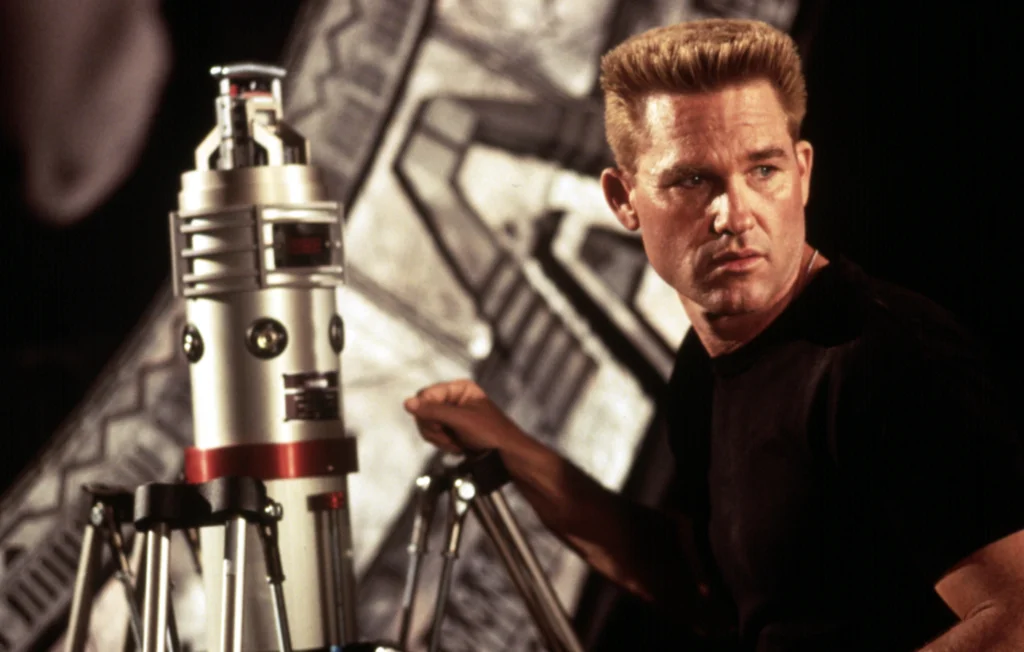
Throughout the early 1980s, Kurt Russell was primarily known for his tough-guy roles in John Carpenter films like “Escape from New York” and “The Thing,” establishing himself as an action star with limited range. His intense blue eyes and physical presence made him perfect for these macho characters, but they also typecast him in Hollywood’s eyes. Even his attempts at comedy, like “Used Cars,” kept him in the realm of rough-edged characters.
Russell’s career took an unexpected turn with his brilliant performance as real-life miracle worker Herb Brooks in 2004’s “Miracle,” the story of the 1980 U.S. Olympic hockey team’s victory over the Soviet Union. His nuanced portrayal of the demanding but visionary coach showed emotional depths previously untapped in his action roles. This career-redefining performance opened doors to more varied and complex characters, allowing Russell to age gracefully into character roles that showcased his previously underutilized dramatic abilities.
9. Robin Wright
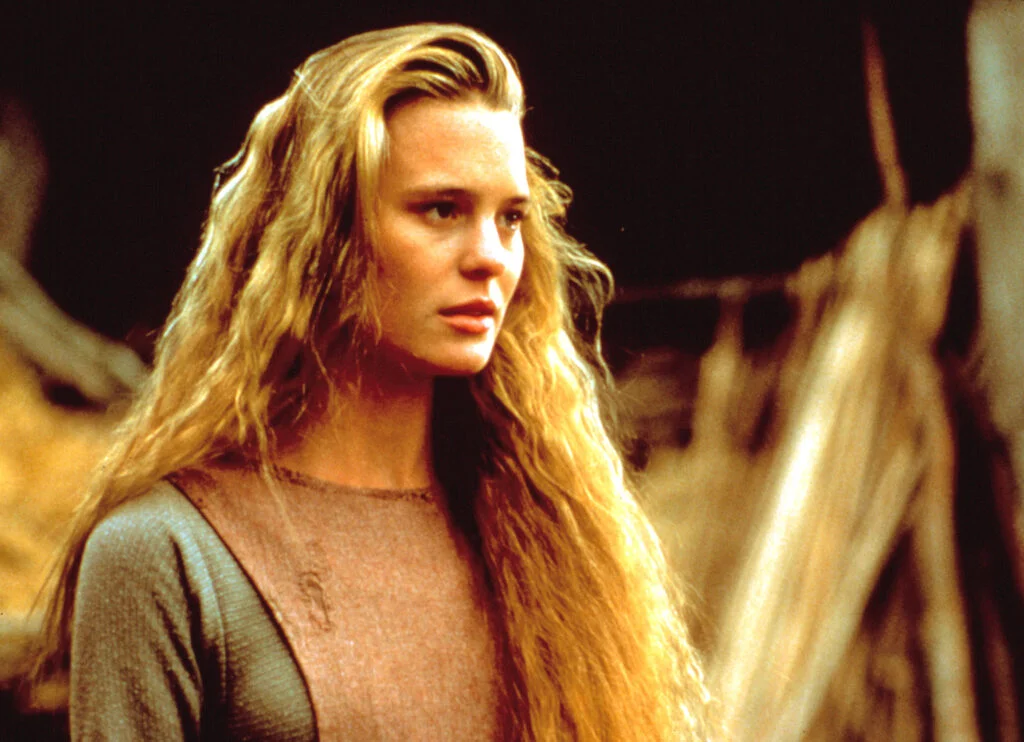
Robin Wright first captured our hearts as the princess-in-distress Buttercup in “The Princess Bride” (1987), which led to similar ethereal, somewhat passive roles throughout the late ’80s and early ’90s. Her extraordinary beauty sometimes worked against her, as directors seemed unable to see beyond her perfect features to the talented actress beneath. Even her performance in “Forrest Gump,” while moving, kept her in the role of the troubled beauty.
Wright’s career transformation came with her tour-de-force performance as Claire Underwood in Netflix’s “House of Cards” (2013-2018), a character as calculating and power-hungry as her husband Frank. Her chilling portrayal of ambition incarnate—complete with her iconic Fourth Wall-breaking stare—earned her Golden Globe and Emmy nominations and established her as one of television’s most formidable actresses. At last, Wright had found a role that valued her steely intelligence as much as her beauty, opening doors to more complex characters worthy of her considerable talents.
10. John Lithgow

In the 1980s, John Lithgow was Hollywood’s go-to guy for villains and eccentrics, playing memorable baddies in films like “Blow Out” and “The Adventures of Buckaroo Banzai.” His imposing height and distinctive features made him perfect for these over-the-top characters, but they also limited how the industry perceived his range. Even in more sympathetic roles like “Terms of Endearment,” he was still cast as somewhat odd or off-kilter characters.
The role that completely transformed public perception of Lithgow was his portrayal of Dick Solomon, the alien High Commander disguised as a physics professor in the hit sitcom “3rd Rock from the Sun” (1996-2001). His Emmy-winning performance—combining physical comedy, perfect timing, and childlike wonder—revealed comedic talents that had gone largely untapped in his film career. This breakthrough role led to an incredibly diverse career renaissance, from his chilling turn as the Trinity Killer on “Dexter” to his touching portrayal of Winston Churchill in “The Crown,” proving that this classically trained actor could truly do it all.
The beautiful thing about these remarkable career reinventions is how they remind us that people are always more complex than they first appear. Just when we think we have someone figured out, they surprise us with hidden depths and talents we never imagined. These actors didn’t just transform their careers; they expanded our understanding of what they—and by extension, all of us—are capable of becoming. Perhaps that’s why these stories continue to resonate with us years later—they remind us that it’s never too late for a second act, never too late to shatter expectations and reinvent ourselves entirely.


